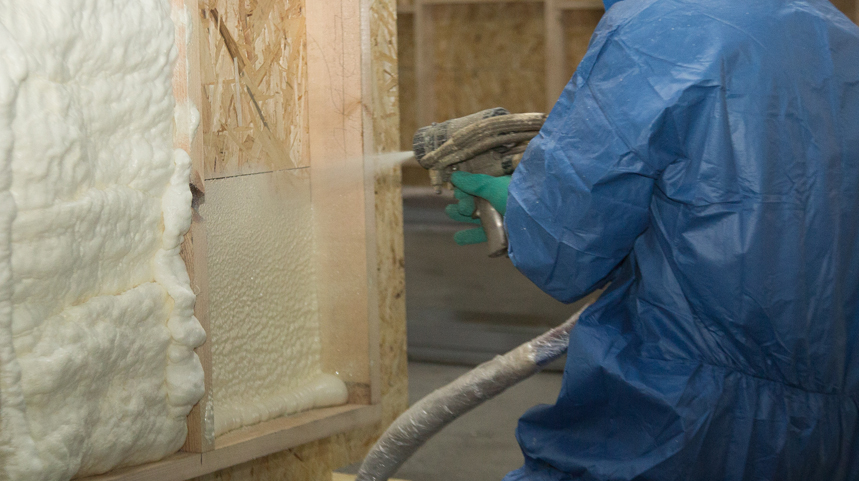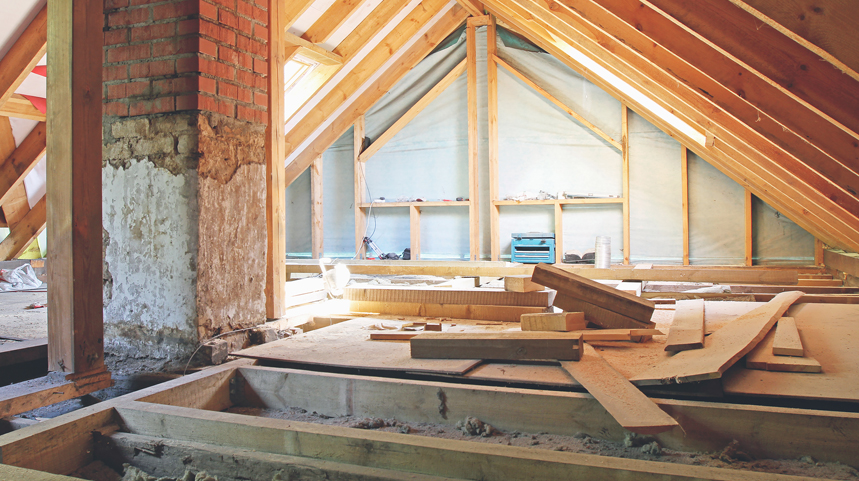2017 was a bad year for flooding. According to NOAA’s National Centers for Environmental Information (NCEI), during 2017 the United States experienced a historic year for flood and storm events, including 16 separate billion-dollar disaster events including three tropical cyclones, eight severe storms and two inland floods. The potential for flooding has never been higher since 2011’s historic flooding season.
This year could be worse.
To get ahead of potentially devastating floods, some homeowners are taking robust actions to protect their homes in advance of any major storm events. Considering how much a home or even a business is worth in terms of real dollars, not to mention the potentially painful costs of rebuilding and restoration, investing in preemptive actions aimed towards higher resiliency could be a wise move. Here are some ideas to help protect your home from flood damage in the future.
Major Investment: Spray Foam Insulation
With improvements in resiliency technologies, it’s possible to make a home virtually flood-proof. One major new improvement is the widespread adoption of closed-cell spray polyurethane fam (ccSPF), better known as spray foam insulation. In recent years, the Federal Emergency Management Agency (FEMA) published a report about flood damage-resistant materials in which this innovative new insulation received the highest resiliency rating of 5.
Wall assemblies made with ccSPF foam substantially increase structural strength, making them virtually impervious to high winds but the insulation also substantially increases moisture resistance. Flooding also becomes an issue during hurricanes when traditional sheet or panel roofs are ripped from their moorings, exposing homes to punishing amounts of rain that can cause flooding. ccSPF can also be used on roofs to provide exceptional wind uplift resistance, as well as the aforementioned water resistance.
For a surprisingly reasonable cost, spray foam insulation can be a major investment in flood preparedness. With an average cost per home around $2,300 for a retrofit installation, spray foam insulation can be an important solution to major flood risks.
 Moderate Investment: Infrastructure Improvements
Moderate Investment: Infrastructure Improvements
Sump pumps are one of those household items that very few families think about until they need them, and then they’re really happy they bought them when the time comes. Flood damage is so quick and so pervasive that even a few hours with a sump pump, or several, can make the difference between restoration and rebuilding. With a wide range of costs ranging from hundreds to thousands of dollars, it’s easy to buy the level and quality of sump pump that suits your home and lifestyle. It’s best to buy both a battery-powered and plug-in sump pump because you don’t know which one you’ll need. Have a knowledgeable electrician or plumber evaluate your system and recommend the best pump for your home.
While you have a licensed professional on hand, consider making some infrastructure improvements as well. A licensed electrician can easily raise electrical components (switches, sockets, circuit breakers and wiring) to at least a foot above your home’s projected flood elevation. Not only will this move prevent electrocution due to flood waters, it will also protect expensive electrical components from water damage.
A licensed plumber can also make small improvements to help protect from flood waters. They can install backflow valves or plugs on drains, toilets and other sewer connections to prevent floodwaters from entering as well as more complex items like foundation vents or septic pump alarms.
 Essential Investment: Buy Flood Insurance
Essential Investment: Buy Flood Insurance